In need of a wide angle (ish) prime?
I went to Alan Law’s law-school in 2017, (it’s great, you should definitely go) and was intrigued by Alan’s style. He said he typically use the 24mm wide angle prime. I loved the look of it, intimate, gathered the scene, but didn’t warp the face like some wide angles can do.
I’m a stickler for improving your technique before shelling out on new gear. I really wanted a wider prime lens but I wasn’t sure it would fit my style. I scoured the net looking for the best option. Spoke to friends and colleagues and looked at plenty of sample images.
The 24mm, you’re looking at £1k+, it’s a beast of a lens, L series and stops down to f/1.4. I couldn’t justify the expense so I looked to my kit bag for what I already had. I own the 17-40mm f4, which is an L lens, but f/4 can still be too dark when working indoors. Then I found the 28mm f/1.8, which I’d bought maybe two years prior, used a couple of times and then forgotten about when I started shooting the 35mm and 50mm combo.
Go on any photography forum and have a look at the gear discussion section. Anyone talking about the ins and outs of the latest and greatest gear are rarely taking the best pictures.
Remind yourself often of the Ansel Adams’, the William Kleins and the Diane Arbus’ of the world who took outstanding photographs with equipment decades old. Digital photography has surpassed film in terms of outright quality (not in aesthetic, but that’s another debate) and modern lenses can out-resolve the old school equipment by a stunning margin.
- Good pictures come from any camera – it’s the photographer that makes the difference.
- Don’t get hung up on technical issues like movement, chromatic aberration and fringing – some of the greatest ever photographs are even out of focus. No one examines raising the flag at Iwo Jima at 100% crop to check sharpness.
- Get equipment that works for you, a camera that you can afford and practice with it until you break it.
- Practice, practice, practice.
Right, that’s me down from my high horse, where was I?
This lens in short is brilliant. Impressively sharp, lightweight, relatively inexpensive. The lowest you’ll want to open it up is to about f/2.8, beyond that and it begins to get quite soft. Shooting at f/1.8 is fine in the centre, but I’d only recommend shooting wide open if you have no other choice. For me that scenario would be if you’re in a church that is nearly pitch black, or during the evening reception or photographing speeches when constant flash isn’t appropriate.
I’ve been a guest at weddings where photographers have used flashguns during the speeches and it was like a bloody disco. I suffer from migraines and I was genuinely worried that I would have to leave. I understand the need to shoot through a moment, when it turns into a strobe light however, it gets a bit ridiculous.
That’s where having a prime lens you can open up is a must (for me anyway. I’m not saying by any-means that how I work is how it should be done), venues in the UK tend to be dark, particularly churches, and because of the marriage licensing laws in this country, very few ceremonies are held outdoors. And when they are outdoors, you can bet your bottom dollar the clouds will come over. Shooting in low light is a must, and the 28mm f1.8 gives you the option to do that without breaking the bank. With the invention of the new EOS R cameras, I’m yet to find out if the new focusing system will make this lens even more of a steal, but I do plan to try it out. One issue I’ve always had with shooting wide angles wide open is the propensity to miss focus. This is why I’ve often opted to stick with the 17-40mm and shoot at f4.
It’s cheap, sharp, versatile, quick to focus and lightweight – weight is becoming more and more of a factor as I get older, something for you young persons to think about. Get light gear, invest in good straps and good shoes, it’ll pay dividends over the course of your career.
Sample images, that’s what we all want in reviews, here we go:
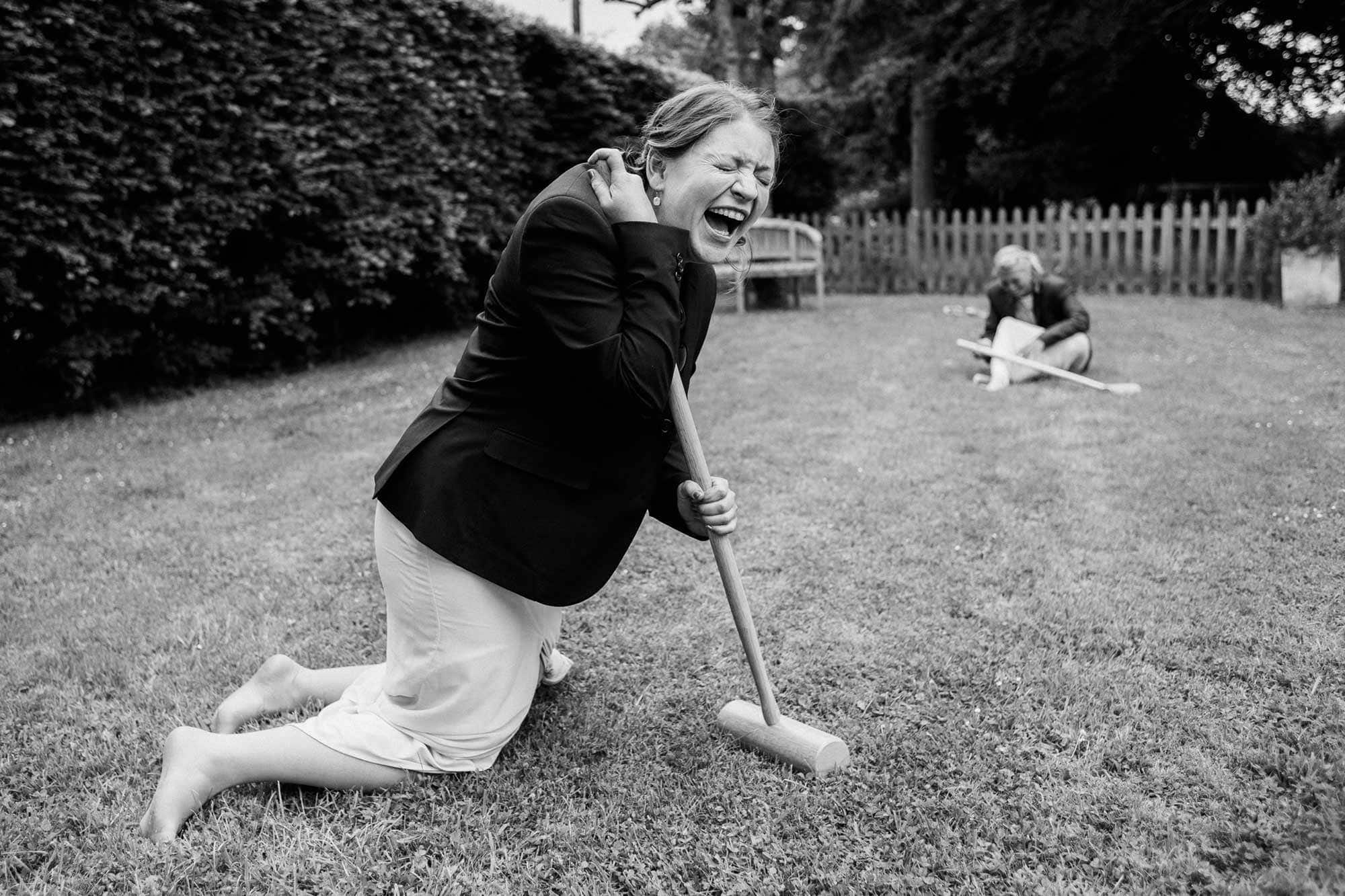
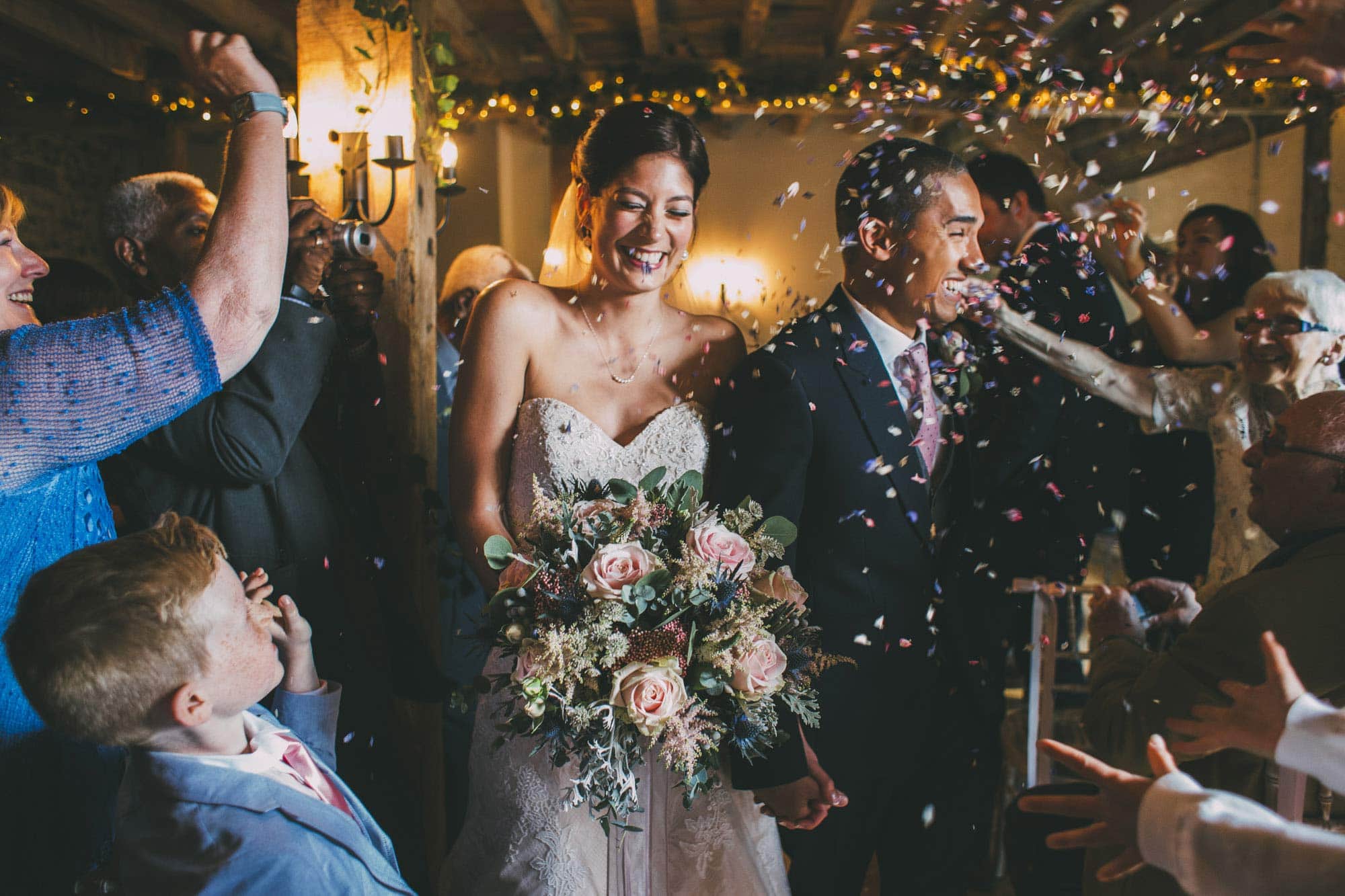
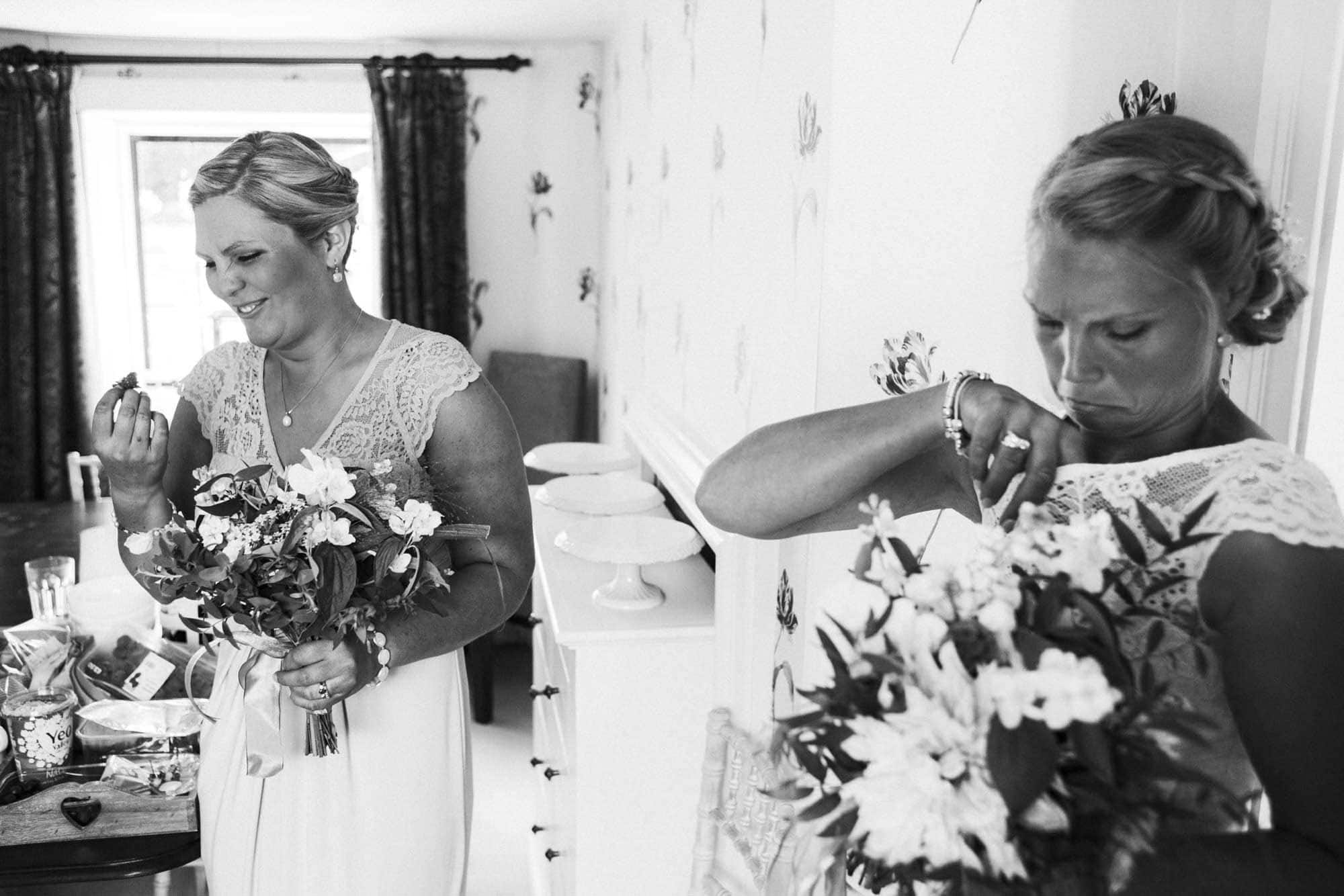
Overall, I’d give it 4/5
It ticks all the boxes apart from focusing accuracy and for being soft at f/1.8 – but it’s still a solid enough performer for me to keep in my camera bag along with much more expensive lenses.
In all honesty, I like the way that the focal length looks. The pictures it takes look right to me, for some it’s 35mm, others 24mm. I’ve warmed to this lens purely because of how true to life it looks. If there was a better version of the 28mm, I’d be all over it.
2024 Update – This article is a few years old, so best I update you!
Working in small hotel rooms during bridal prep I still felt that I wasn’t getting a wide enough field of view and needed something else. Again after weeks of debate I bought the Sigma 24-35 f/2. Admittedly a weird combo for a zoom, I intend to write a full review soon. In short it’s really sharp, great in low light, never misses focus and sharp at f/2. Downside? It’s big. For now, here’s some pictures I’ve taken with that to give you an idea of the difference between 28mm and 24mm
24mm when the subject is far away:

24mm when the subject is close:

Also 24mm, over the shoulder:
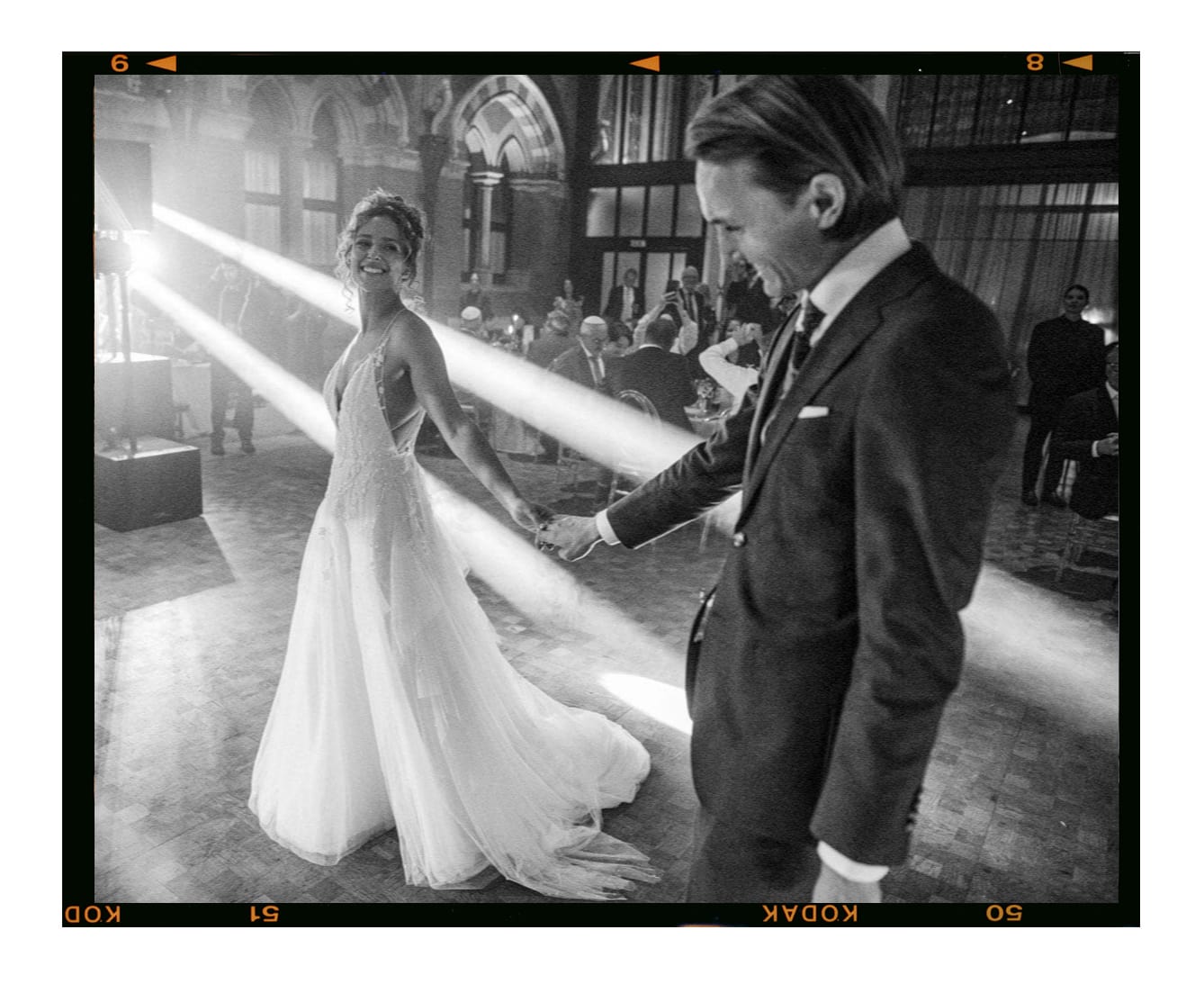
24mm low down:
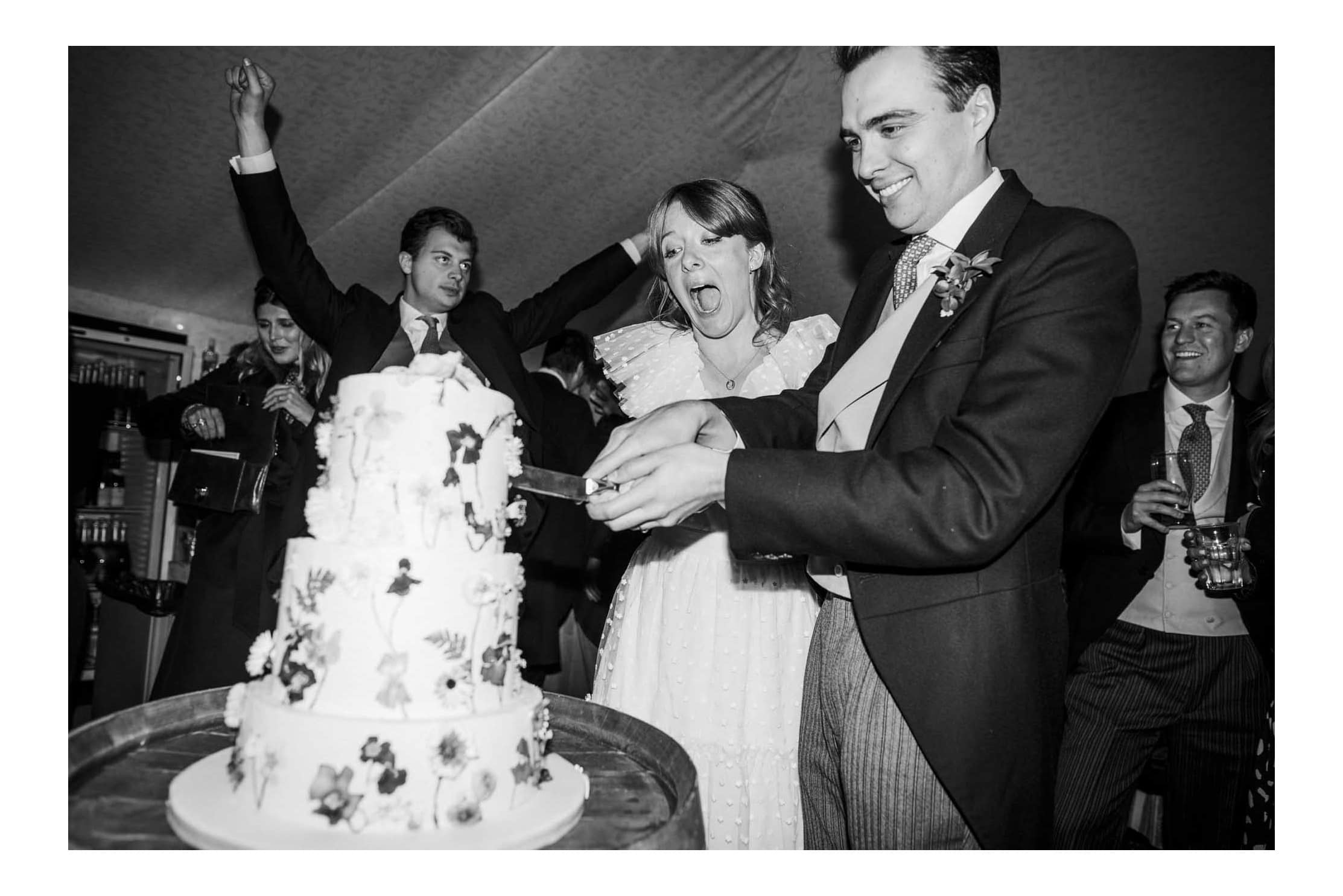
Hope this helps. More equipment reviews on the way! Feel free to message me on Instagram if you have any questions, I’m always free for a chat.
